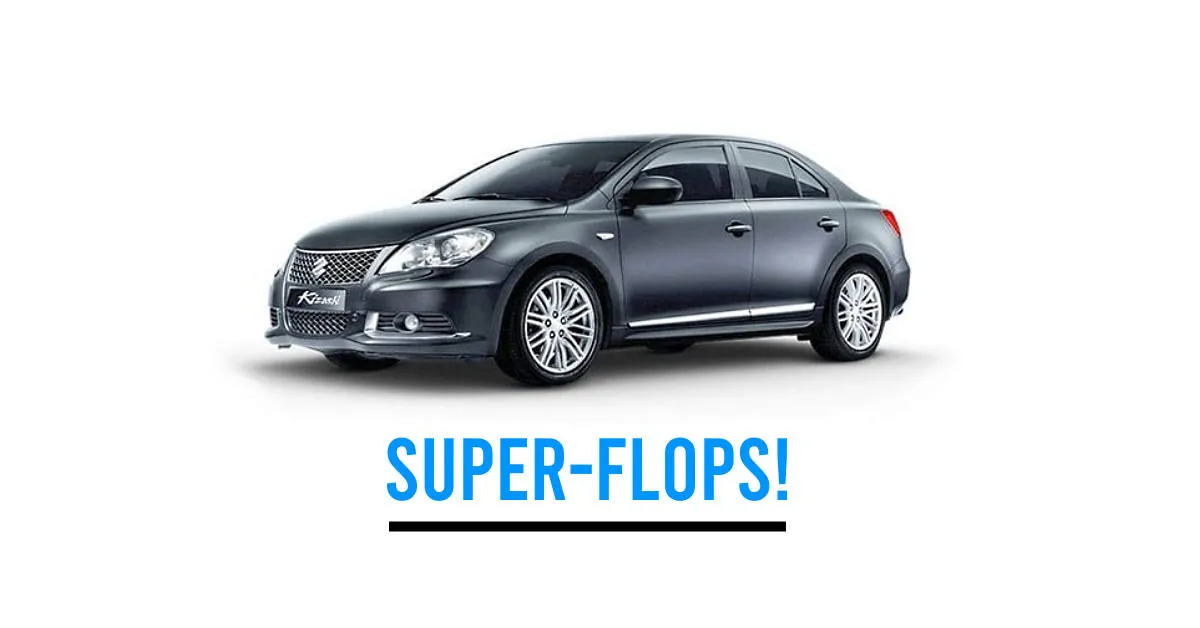India is a market that holds a lot of potential and that is one of the reason why many car manufacturers are experimenting with several new and different products. While many of these new models have managed to become successful there are a decent number of cars that did not do well and were a flop in the Indian market. Here in this article we discuss 10 such cars that were biggest flops in Indian automotive history.
Opel Vectra
Opel as a brand was present in India for a very short period of time. During its time in the Indian market, the brand launched models like Corsa and Astra sedan. Opel also launched the Vectra sedan to take on the D-segment however at Rs 16.75 lakh, it was quite expensive for Indian market especially at that time. The Vectra was powered by a 2.2 litre 146 Bhp petrol engine and it was loaded with features. It was however not very reliable and was expensive to maintain too.
Ford Fusion

Also read: Suzuki Ertiga Sport FF: This is IT!
We are currently seeing a rise in sale of crossover and compact SUVs in India. Even before launching EcoSport, Ford had launched Fusion in the market and wanted to take the first mover advantage. However, the boxy design and the upright design of the Fusion was not liked by many in India. Ford during those days was expensive to maintain and the Fusion was not very fuel efficient too. It was offered with a 1.6 litre 105 Ps petrol and a 1.4 litre 68 Ps diesel engine.
Chevrolet SR-V
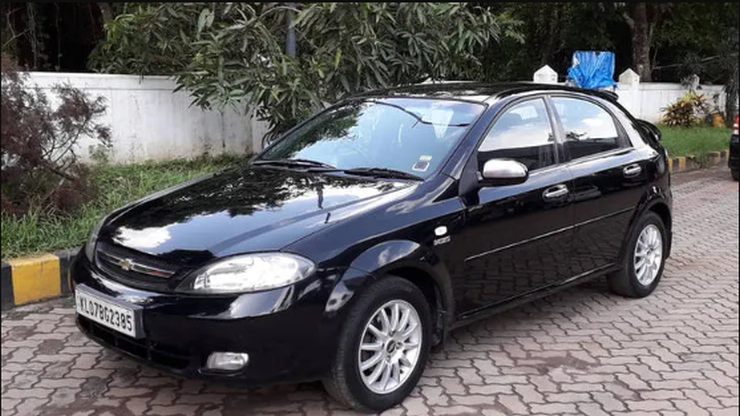
This was essentially a chopped of version of Optra sedan that was available on sale in India. The rear profile got a distinct design that some people liked and some did not. It used the same 1.6 litre engine from the Optra sedan. SR-V was an expensive car and Indians were not ready to spend too much on a hatchback. This meant Chevrolet could not sell the SR-V in India for long.
Mahindra Nuvosport
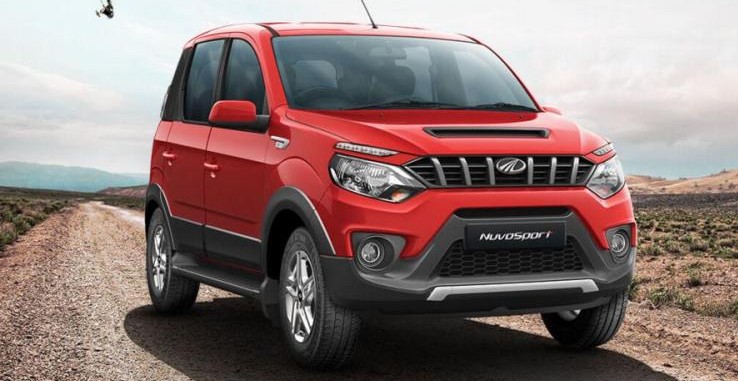
Mahindra has several successful SUVs products in their portfolio but, the same cannot be said about the sub-4 meter segment. Mahindra has tried their luck in this segment with chopped up sub-4 meter version Xylo known as Quanto. They even updated the product and renamed it as NuvoSport to make it more appealing for customers. However, this did not work and just like Quanto, NuvoSport was also a big flop.
Tata Bolt
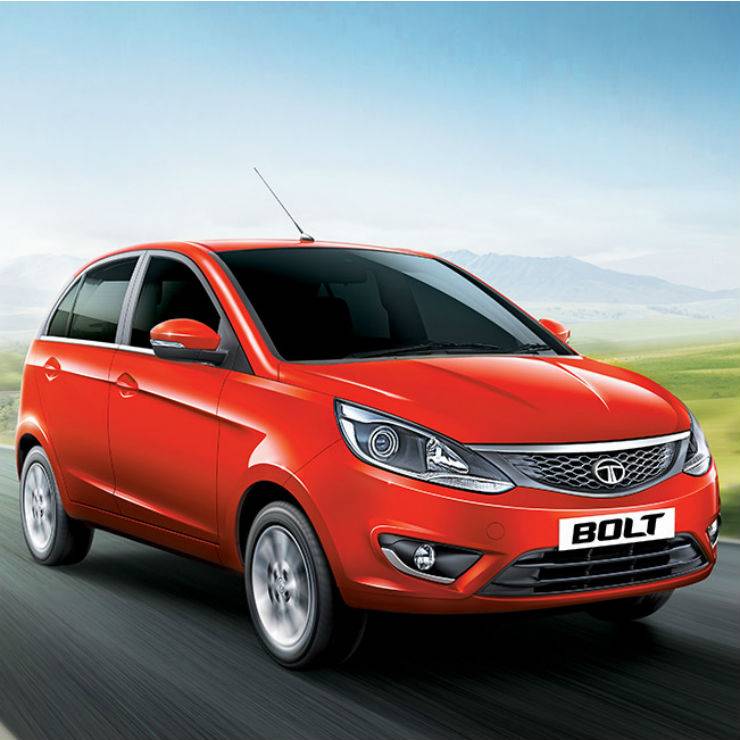
Tata launched Bolt as a successor to the Indica Vista. It was a good product however, the design did resemble with the Vista hatchback and that made it unappealing among buyers. Tata later shifted their focus to Tiago which became a hit product. Bolt was later discontinued from the market. It was available with a 1.2 litre petrol and a 1.3 litre diesel engine option.
Mitsubishi Cedia

After Lancer, Mitsubishi thought of replicating the success with Cedia sedan in the market. It was rivalling with cars like Honda City which was and is still a very popular sedan in its segment. It was launched as a premium and sportier alternative to Lancer, however it could not gain the traction that it was actually looking for. It was actually offered with a 2.0 litre petrol engine.
Nissan Evalia

It is an extremely spacious MPV but, for some reason, it was not liked by Indian customers. It was too boxy and the interior quality was also not great. Apart from all these the Nissan Evalia was priced steeply when compared to its rivals like Maruti Ertiga and Renault Lodgy. It was powered by a 1.5 litre diesel engine.
Renault Captur

Renault Captur was probably the biggest failure of the French carmaker. It came with a premium-looking design, 1.6 litre petrol and a 1.5 litre diesel engine. It however did not appeal to Indian customers mainly because of the crossover-like design. It was trying to capitalize on the success of Duster but unfortunately, it could not do much.
Datsun Go+
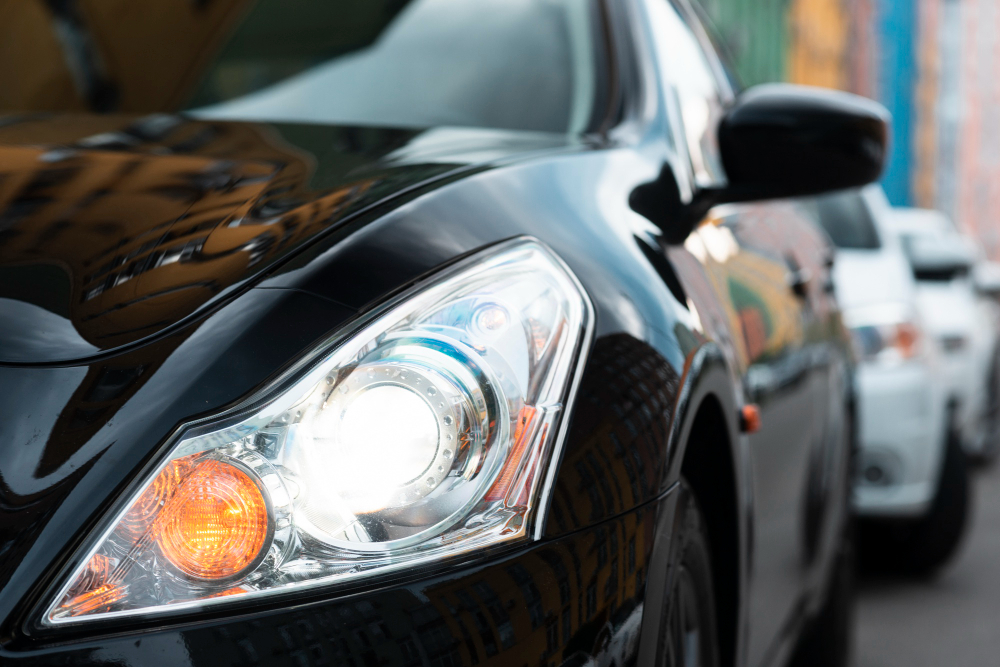
Datsun has officially shut down its operations in Indian due to low sales. The brand initially started with a GO hatchback and later introduced an extended version of the hatchback and called it Go Plus. The Go+ came with 5+2 seating configuration. It was more practical than the regular hatchback however, the cost-cutting measures by Datsun gave the car a very cheap look and that drove people away from choosing it.
Fiat Urban Cross
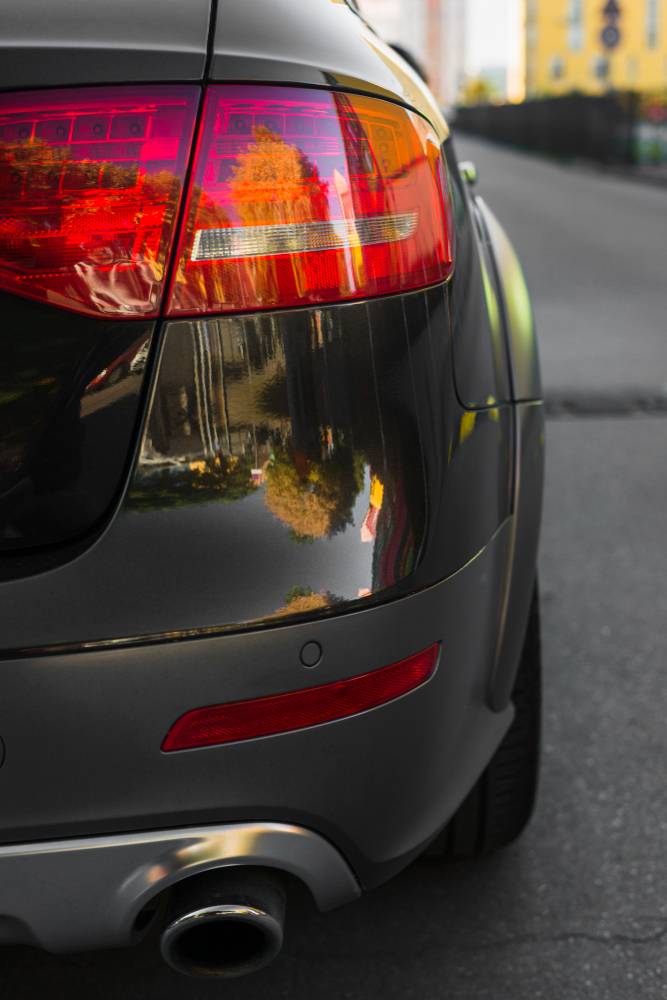
Fiat tried to attract customers with new unique products like Avventura. Many found the boot opening process of Avventura hectic or tiresome so Fiat tried to correct the issue by launching a new product without a spare wheel on the tailgate. They called it Urban Cross. By this time, Fiat had an image as a volatile brand and Fiat Urban Cross could not do much. It was offered with a 1.4 litre turbo petrol and a 1.3 litre diesel engine.
Also read: 10 DC Design cars & how they look in the REAL world: Maruti Swift to Mahindra XUV500

